Singular & Plural | English Grammar for Junior Classes - Class 1 PDF Download
Introduction
Nouns can use in different forms. Those forms are singular and plural. A noun names an object, person, or place. When a noun is singular, it means there is one of them. When a noun is a plural, it indicates that there is more than one.
- Singular examples: half, knife, shelf, wife, wolf.
 Wolf
Wolf - Plural examples: halves, knives, shelves, wives, wolves.
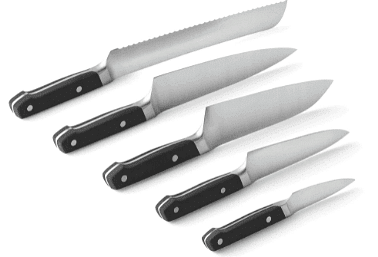 Knives
Knives
Here we have lots of examples with detailed explanations with proper rules. Whenever you want to change a singular noun into a plural noun you have to keep such rules in your mind. Some nouns remain the same as they are.
Singular and Plural
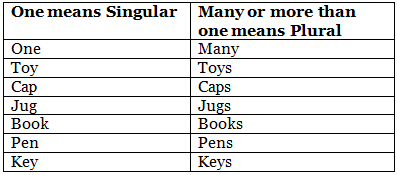
Formation of plural from singular: Most nouns form plural by adding “s” to the singular form.
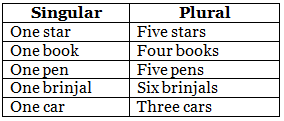
Formation of plural from singular: Most nouns form plural by adding “es” to the singular form.
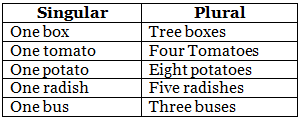
A. Write many of the following.
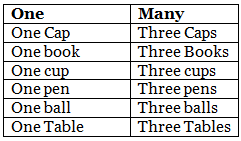
B. Add “s” to the given words to make them many.
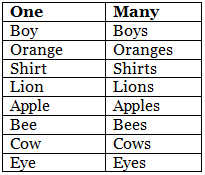
C. Add “es” to the given words to make them many.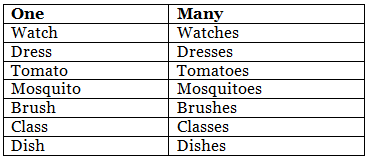
D. Given below are incomplete Naming words standing for many or more than one, complete them.
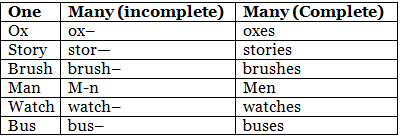
|
18 videos|189 docs|31 tests
|
FAQs on Singular & Plural - English Grammar for Junior Classes - Class 1
| 1. What is the difference between singular and plural nouns? |  |
| 2. How do you form the plural of regular nouns? |  |
| 3. What are some examples of irregular plural nouns? |  |
| 4. Can a noun be both singular and plural? |  |
| 5. Are there any nouns that do not change in the plural form? |  |





















